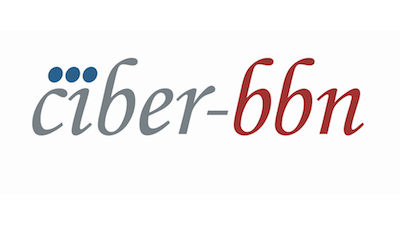The present invention discloses a novel 3D (bio)printable hydrogel, the method for producing it and its use in T cell culture for immunotherapies. This hydrogel is based on a functionalized poly(ethylene)glycol (PEG) polymer covalently combined with heparin (Hep), which is loaded with at least one immune molecule.
The PEG-Hep hydrogel was combined with different positively charged biomolecules such as cytokines and cell-adhesive molecules to provide customized hydrogel scaffolds.
These scaffolds are able to mimic the extracellular matrix of the lymph nodes, thus showing potential to fabricate artificial lymph nodes for therapy and research models (organ on a chip).
High immune cell proliferation parameters have been obtained, essential to produce the necessary amounts of therapeutic T cells to reach the appropriate clinical doses.
The hydrogel can be used as a bioink for 3D printing, thus finding applications in biotechnology, medicine, and tissue engineering.
Production of the necessary amounts of therapeutic T cells to reach the appropriate clinical doses.
To be determined during further development.
Patient need addressed:
Cancer
Autoimmune diseases
Aida Castellanos Paez







